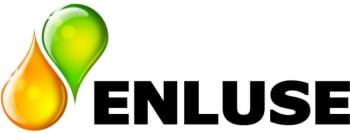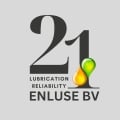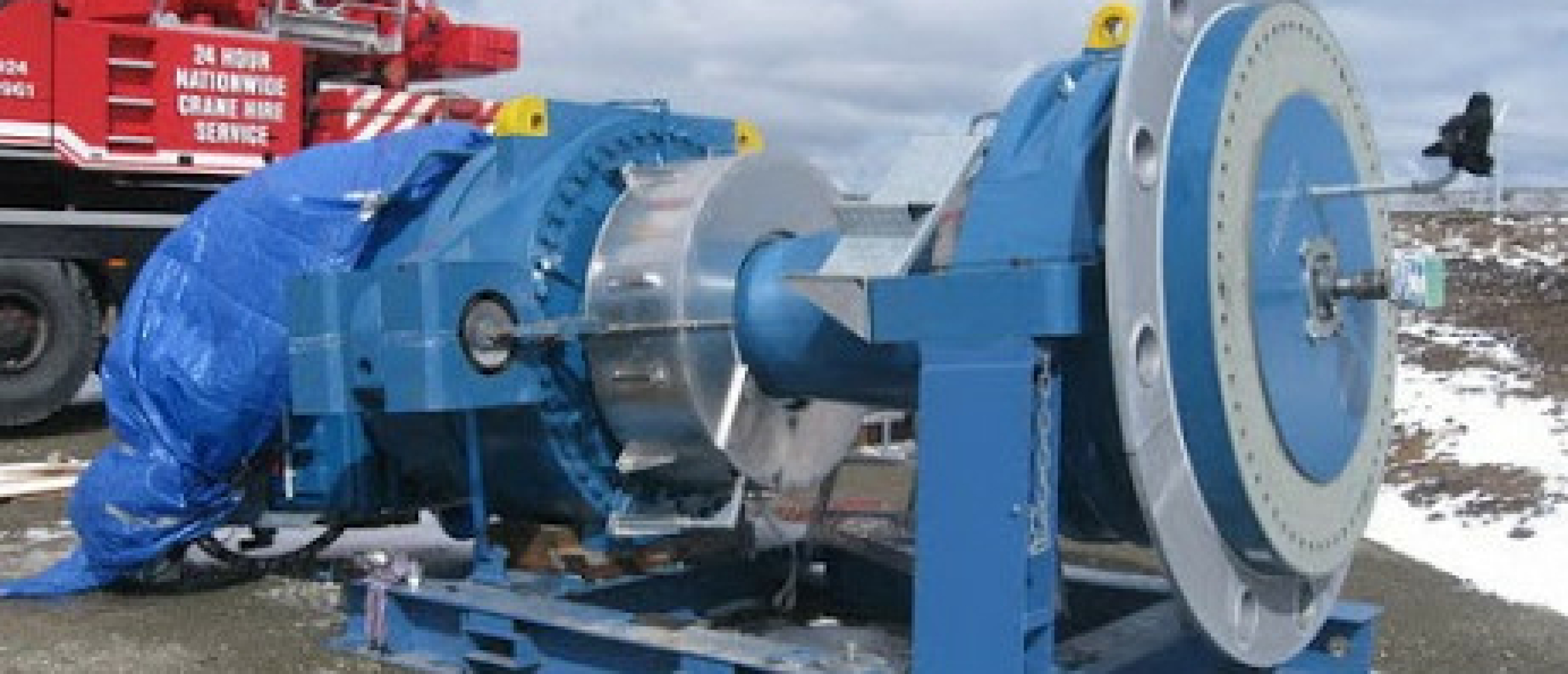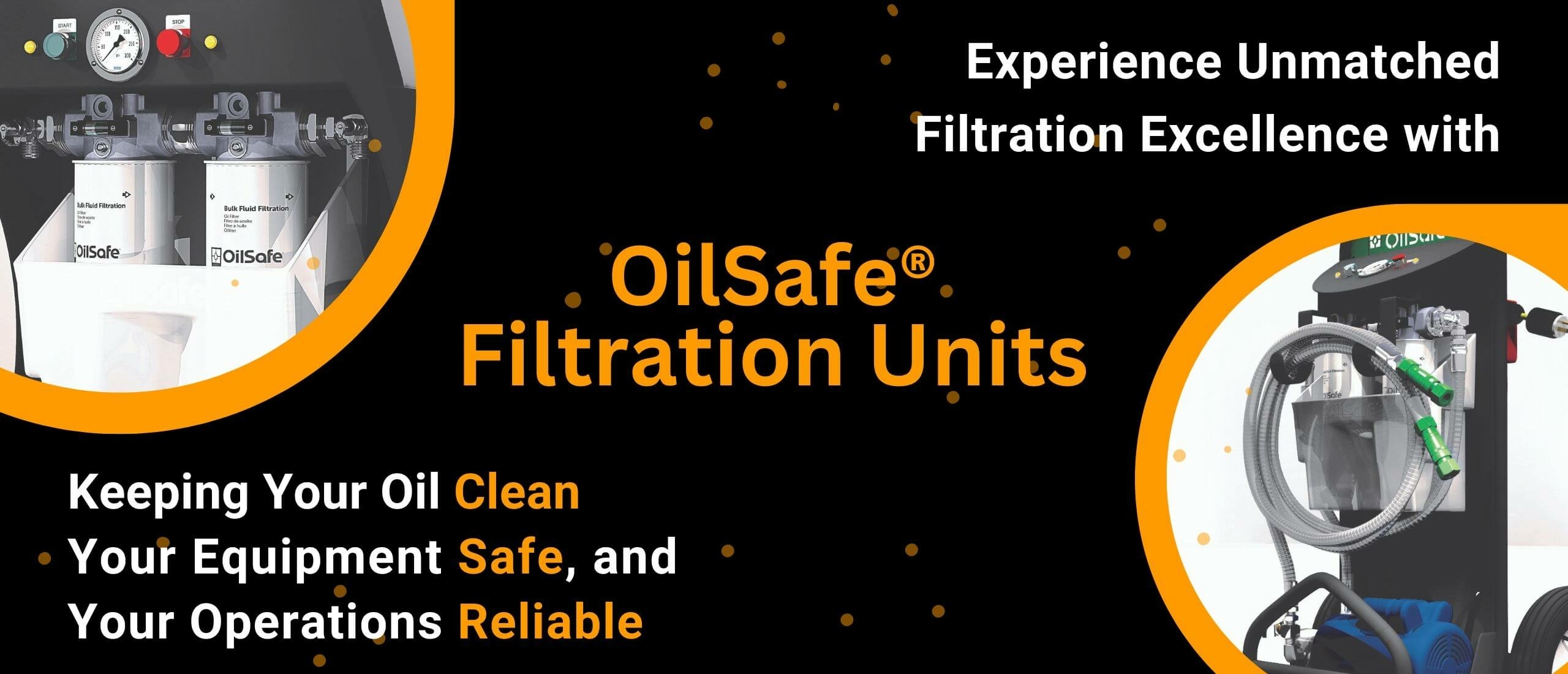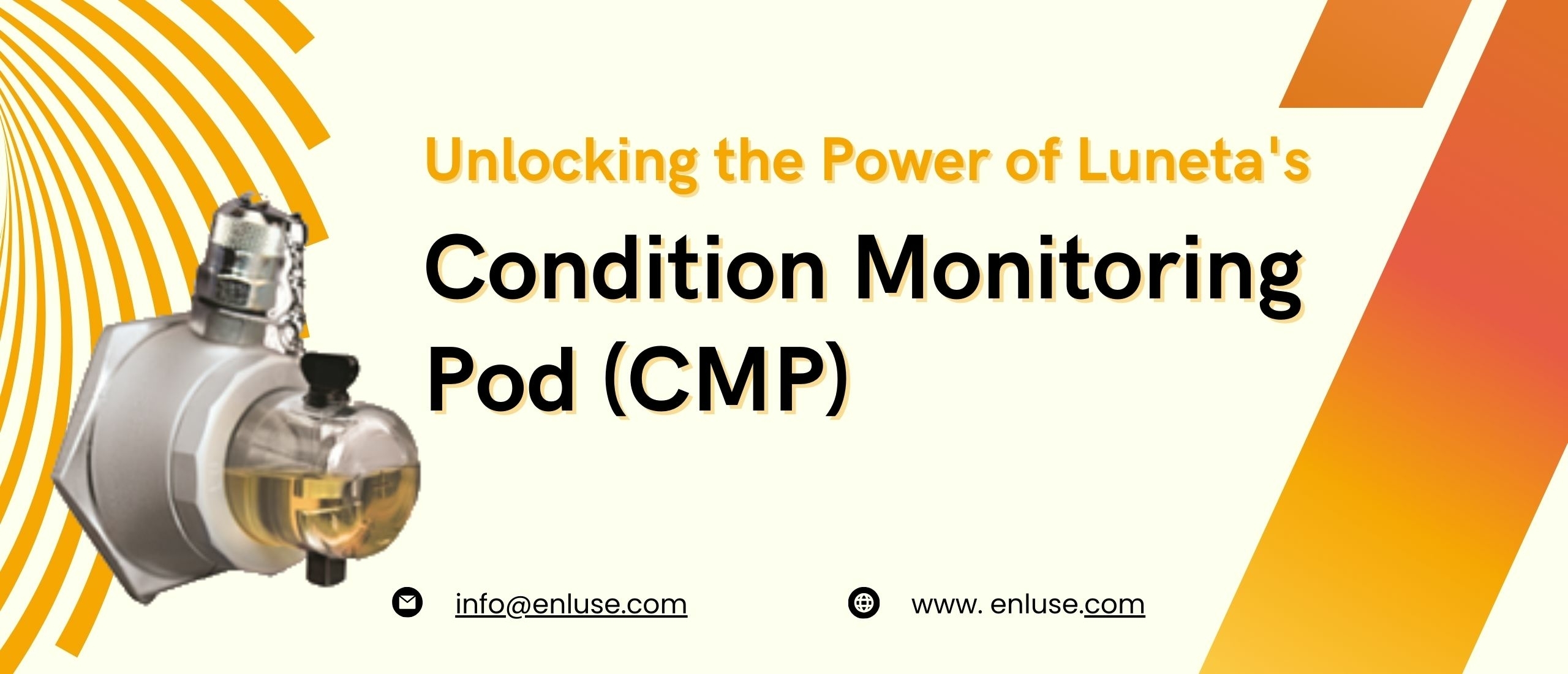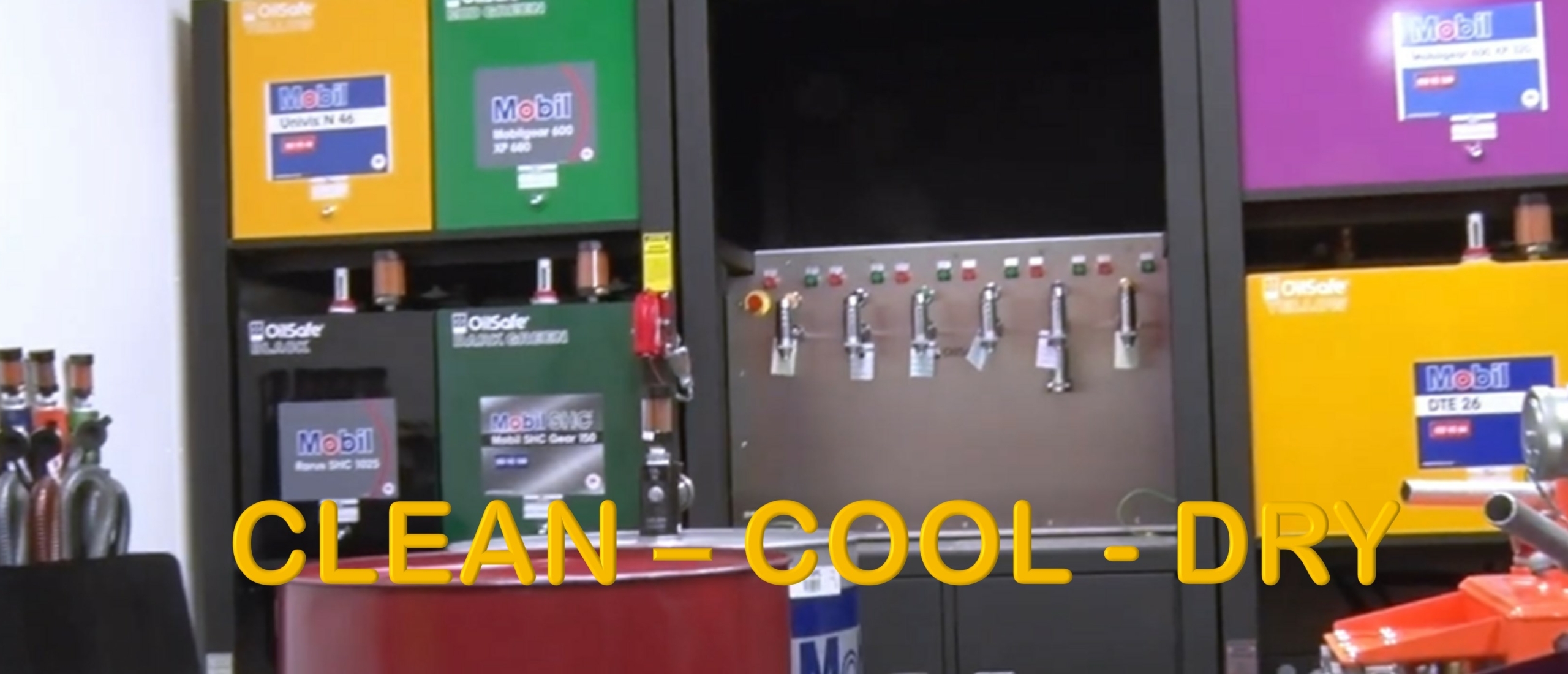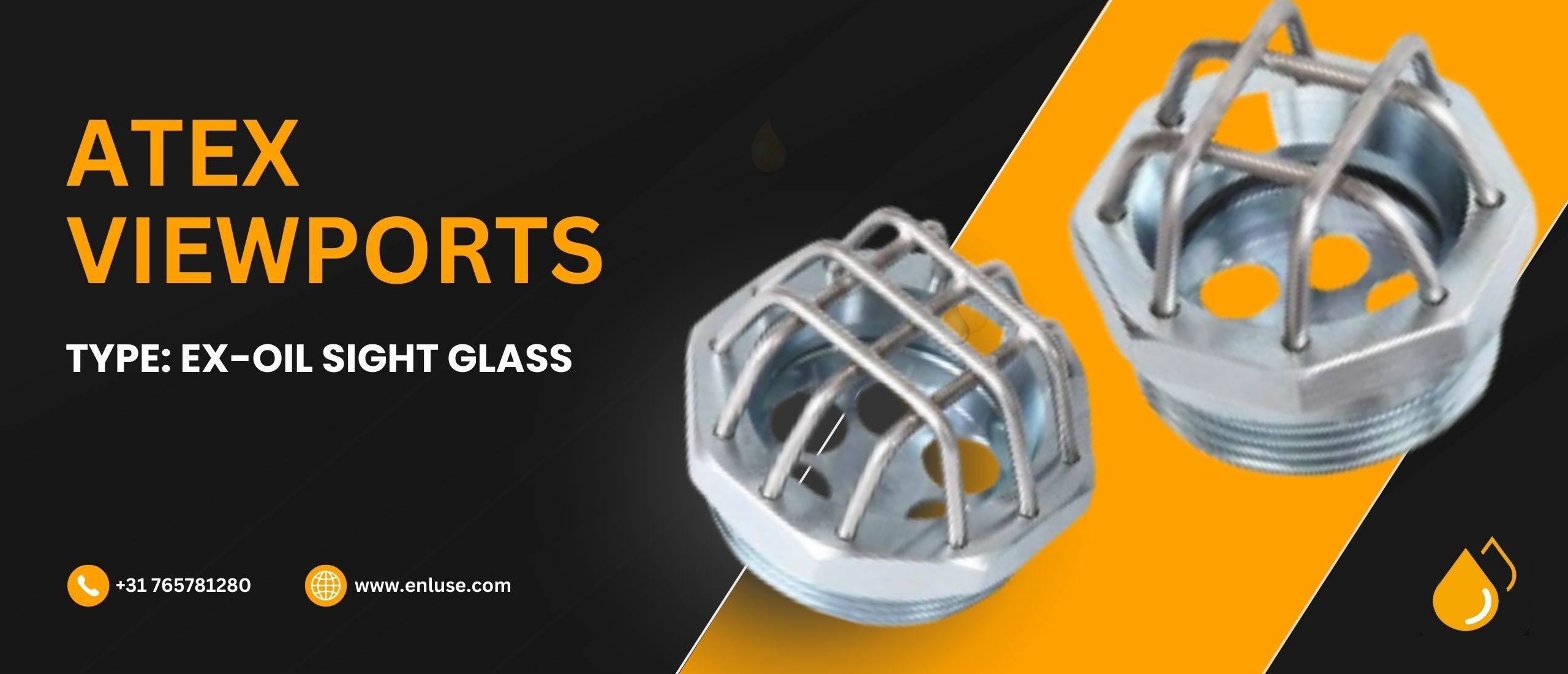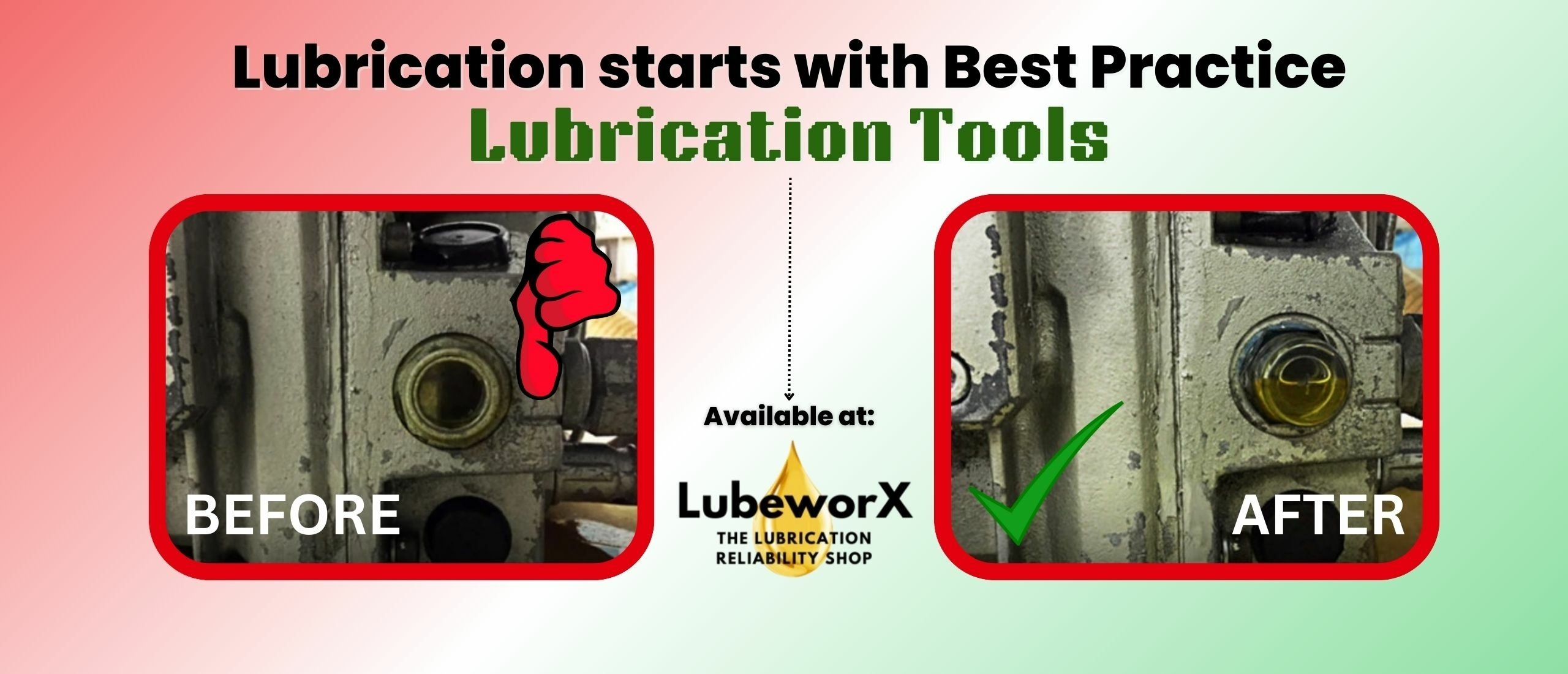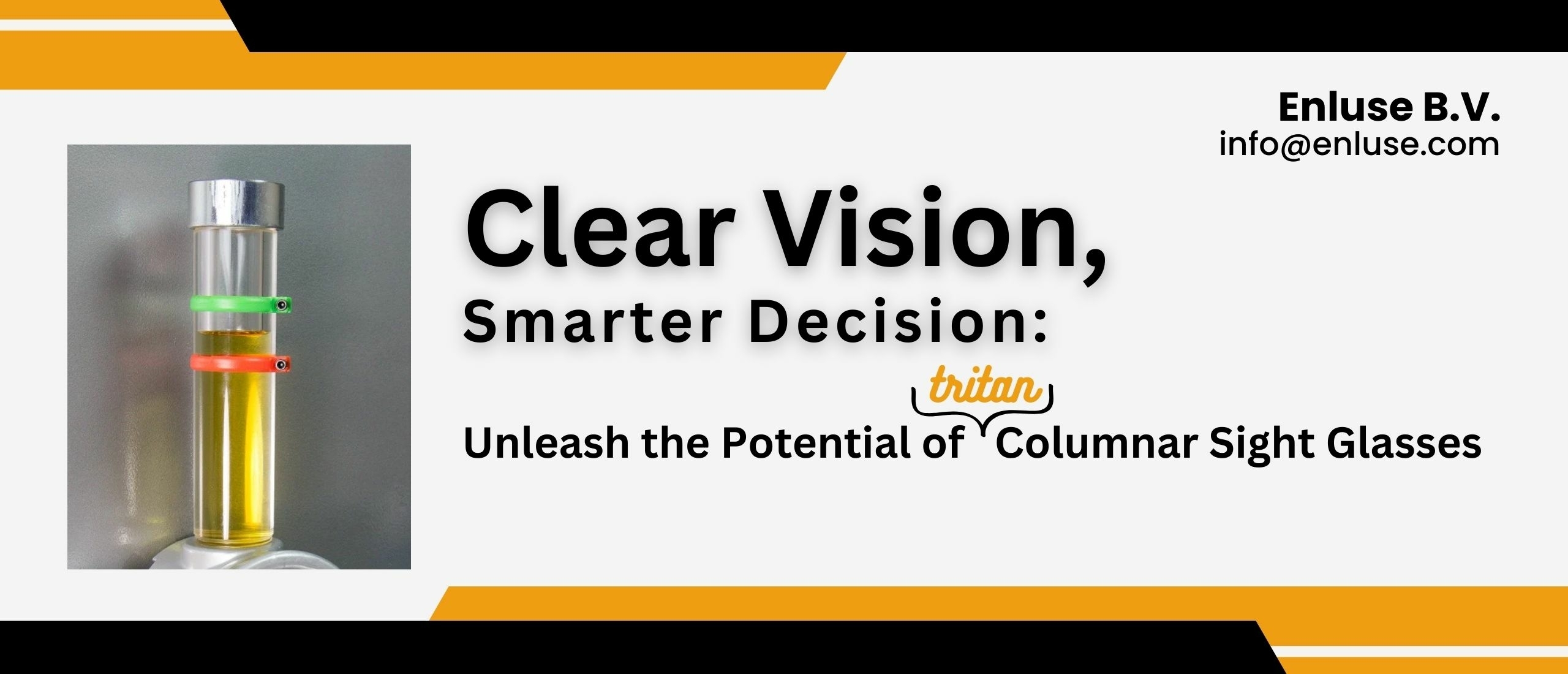
Why use Columnar Sight Glasses
A columnar sight glass, also known as a sight tube or sight gauge, is a transparent tube or pipe that is used to visually inspect the contents of a vessel or system. It is commonly used in industrial applications, such as in tanks, pipelines, and equipment, where it is important to monitor the level, flow, or condition of fluids or gases.
The columnar sight glass typically consists of a clear cylindrical or tubular section made of glass or a durable transparent material*. It is usually mounted vertically or horizontally on the equipment or vessel, allowing operators to observe the fluid or gas inside. The glass or transparent material used in the sight glass is often chosen for its resistance to the process fluid's temperature, pressure, and chemical properties.
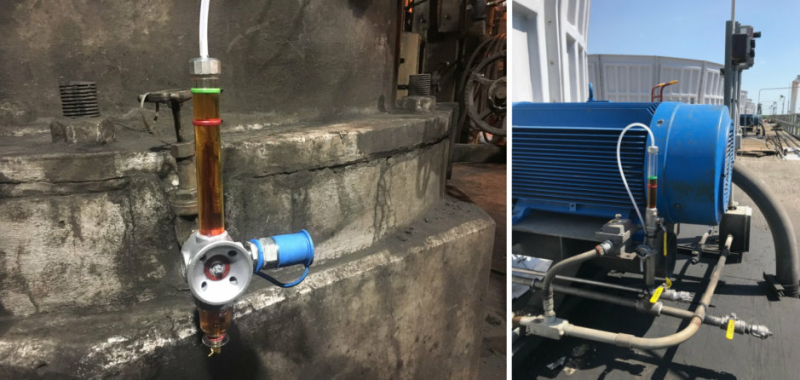 Columnar sight glasses (source: Luneta)
Columnar sight glasses (source: Luneta)
By observing the level or movement of the fluid within the sight glass, operators can determine if the system is functioning correctly, if there are any blockages or leaks, or if maintenance or adjustments are required. In some cases, additional features such as markings or indicators may be present on the sight glass to provide specific measurements or reference points.

It's important to note that the specific design and construction of a columnar sight glass can vary depending on the application and industry requirements.
Columnar sight glass applications & industry requirements
Columnar sight glasses find applications in various industries where visual monitoring of fluids or gases is crucial. Some common applications and industry requirements include:
Chemical and Petrochemical Industry:
Sight glasses are used to monitor fluid levels, color, and clarity in storage tanks, reactors, distillation columns, and other equipment. The materials used for the sight glass must be resistant to corrosive chemicals and withstand high temperatures and pressures.
Oil and Gas Industry:
Sight glasses are employed in pipelines, separators, and storage tanks to observe fluid levels, flow rates, and the presence of contaminants. They must be designed to handle the specific properties of crude oil, refined products, and natural gas, including high pressures and temperatures.
Pharmaceutical and Biotechnology Industry:
Sight glasses play a crucial role in the production of pharmaceuticals and biotech products. They are used in vessels and pipelines to monitor batch processes, check for clarity, observe color changes, and detect any impurities. Sight glasses in these industries must meet strict hygiene and sterility standards.
Food and Beverage Industry:
Sight glasses are utilized in processing equipment, storage tanks, and pipelines to visually inspect fluids such as beverages, dairy products, and sauces. Hygienic materials and designs that meet food safety regulations are essential in this industry.
Power Generation Industry:
Sight glasses are employed in boilers, turbines, and condensers to monitor water levels, steam flow, and equipment operation. They must be able to withstand high temperatures, pressures, and the corrosive effects of water and steam.
HVAC and Refrigeration Industry:
Sight glasses are used in refrigeration systems to monitor refrigerant levels, check for leaks, and assess system performance. They should be compatible with refrigerants and capable of withstanding low temperatures and pressures.
In each industry, the design and material selection for columnar sight glasses depend on factors such as fluid properties, temperature, pressure, compatibility, regulatory standards, and safety requirements. It's important to consult industry guidelines and work with specialized manufacturers or suppliers to ensure the appropriate selection and installation of sight glasses for specific applications.
F.i. columnar sight glasses can be used in HVAC systems for various monitoring and inspection purposes.
Refrigerant Level Monitoring:
In HVAC systems, columnar sight glasses can be installed in the refrigerant lines to visually monitor the refrigerant levels. By observing the height or position of the refrigerant within the sight glass, technicians can determine if the system has the appropriate amount of refrigerant. This helps ensure proper system operation and efficiency.
- Leak Detection: Sight glasses in HVAC systems can also be used to detect refrigerant leaks. If bubbles or fluctuations in the refrigerant level are observed within the sight glass, it indicates the presence of a leak. Detecting and repairing refrigerant leaks is crucial for maintaining system performance, preventing further damage, and complying with environmental regulations.
- System Performance Assessment: Columnar sight glasses allow technicians to observe the flow of refrigerant within the HVAC system. By assessing the clarity, color, and movement of the refrigerant, they can gather information about the system's performance. Deviations from normal flow patterns or unexpected discoloration can indicate issues such as clogs, restrictions, or improper refrigerant charge, helping in diagnosing and resolving system problems.
- Moisture and Contaminant Monitoring: Sight glasses can also provide a visual indication of moisture or contaminants within the refrigerant. If there are signs of excessive moisture or the presence of foreign particles, it can signal issues such as moisture infiltration or system contamination, which can impact system efficiency and performance.
- Columnar sight glasses in HVAC systems enable technicians to visually inspect and monitor critical aspects of the refrigerant system, including levels, leaks, performance, and potential issues. This visual feedback aids in maintenance, troubleshooting, and ensuring optimal HVAC system operation.
Why should one use Tritan* sight glasses
Tritan is a type of copolyester material known for its exceptional clarity, impact resistance, and chemical resistance. When used in the context of a columnar sight glass, a Tritan columnar sight glass refers to a sight glass made from Tritan material.
Tritan columnar sight glasses offer several advantages due to the material properties of Tritan. These may include:
- Clarity: Tritan is highly transparent, providing excellent visibility and allowing operators to easily observe the contents of the sight glass.
- Impact Resistance: Tritan is known for its durability and resistance to impact. This makes Tritan columnar sight glasses less prone to breakage or damage in industrial environments.
- Chemical Resistance: Tritan is resistant to many chemicals, making it suitable for a wide range of applications where exposure to corrosive substances is a concern.
- Lightweight: Tritan is relatively lightweight compared to some other materials, which can be advantageous for installations where weight considerations are important.
- Thermal Stability: Tritan has good thermal stability, allowing it to withstand a wide range of temperatures encountered in different industrial processes.
When selecting a Tritan columnar sight glass, it's essential to consider factors such as the specific application, temperature and pressure conditions, compatibility with the process fluid, and any regulatory requirements or industry standards that need to be met. Working with a reputable manufacturer or supplier experienced in providing Tritan columnar sight glasses is recommended to ensure the appropriate selection and proper installation for your specific needs.
Choice
The choice between columnar sight glasses, bullseye glasses, or bowl glasses depends on the specific requirements of the application and the preferences of the user. Here are some considerations for each 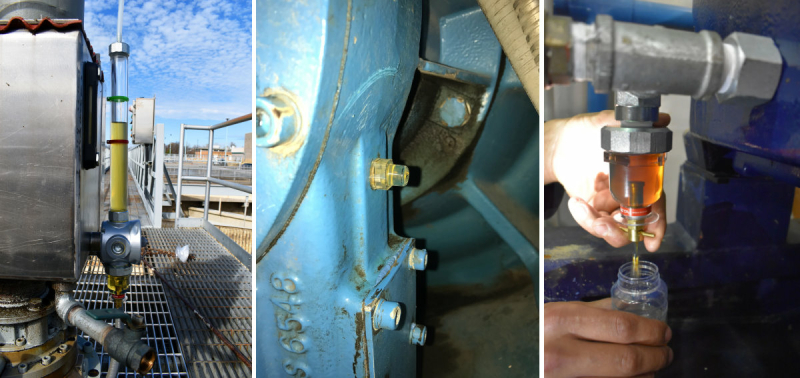 Columnar - BullsEye - Bowl sight glasses (source: Luneta)type:
Columnar - BullsEye - Bowl sight glasses (source: Luneta)type:
Columnar Sight Glasses:
- Clear Visibility: Columnar sight glasses offer a straight, cylindrical viewing path, providing a clear and unobstructed view of the fluid or gas inside the vessel or system.
- Space Efficiency: Columnar sight glasses can be vertically or horizontally mounted, allowing for flexibility in space-constrained installations.
- Fluid Level Accuracy: The vertical orientation of a columnar sight glass enables accurate measurement and monitoring of fluid levels. The Column is a 3D sight glass designed for monitoring of fluids with greater fluctuations in level. The Column can be installed at the drain port or anywhere below the oil level.
- Compatibility: Columnar sight glasses are available in various materials, allowing for compatibility with a wide range of fluids and operating conditions.
 Columnar sight glass (source: Luneta)
Columnar sight glass (source: Luneta)
Bullseye Glasses:
- Wide Field of View:Bullseye glasses typically have a spherical or circular shape with concentric rings, offering a wider field of view to observe the fluid or gas from different angles.
- Aesthetics: Bullseye glasses can have a decorative or distinctive appearance, making them visually appealing and suitable for certain applications.
- Visual Effectiveness: The rings on bullseye glasses can aid in detecting changes in fluid level or movement, facilitating quick visual assessment.
- Design Flexibility: Bullseye glasses can be mounted on different surfaces and orientations, depending on the specific design and installation requirements.
 Bullseye sight glasses (source: Luneta)
Bullseye sight glasses (source: Luneta)
Bowl Glasses:
- Magnification: Bowl glasses often have a curved shape that can provide a magnifying effect, allowing for a closer and more detailed view of the fluid or gas inside.
- Aesthetics: Bowl glasses can have an elegant and stylish appearance, making them suitable for applications where aesthetics are important.
- Fluid Dynamics Observation: The curved shape of bowl glasses may provide better visibility of fluid dynamics, such as swirling or turbulence, allowing for detailed observation and analysis.
- Limited Field of View: Bowl glasses may have a narrower field of view compared to columnar or bullseye glasses, limiting the visibility from different angles.
 Bowl sight glasses (source: Luneta)
Bowl sight glasses (source: Luneta)
Ultimately, the choice of columnar sight glasses, bullseye glasses, or bowl glasses depends on factors such as the specific application, desired field of view, accuracy requirements, aesthetic considerations, and any space or installation constraints. It's essential to evaluate the needs of the application and consult with industry experts or suppliers to determine the most suitable type of sight glass.
Download the Luneta catalogue here
